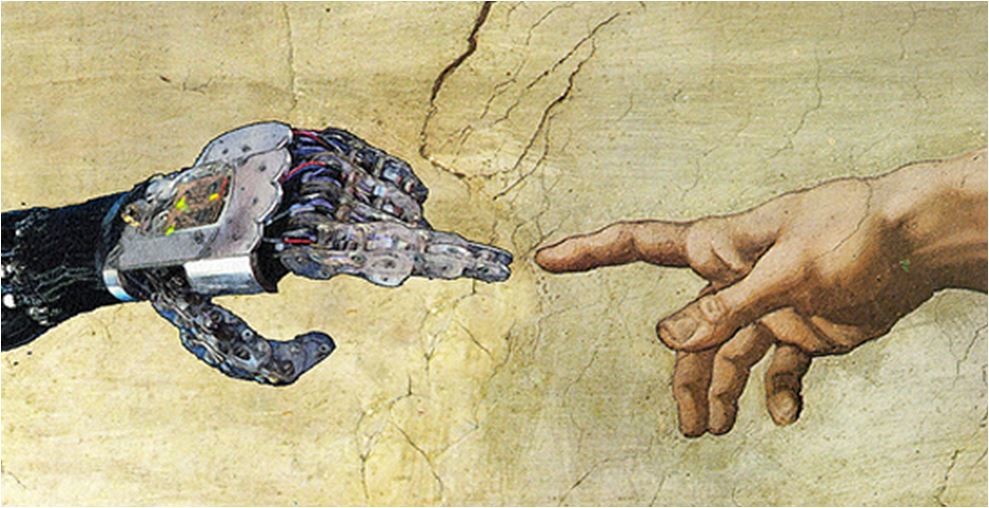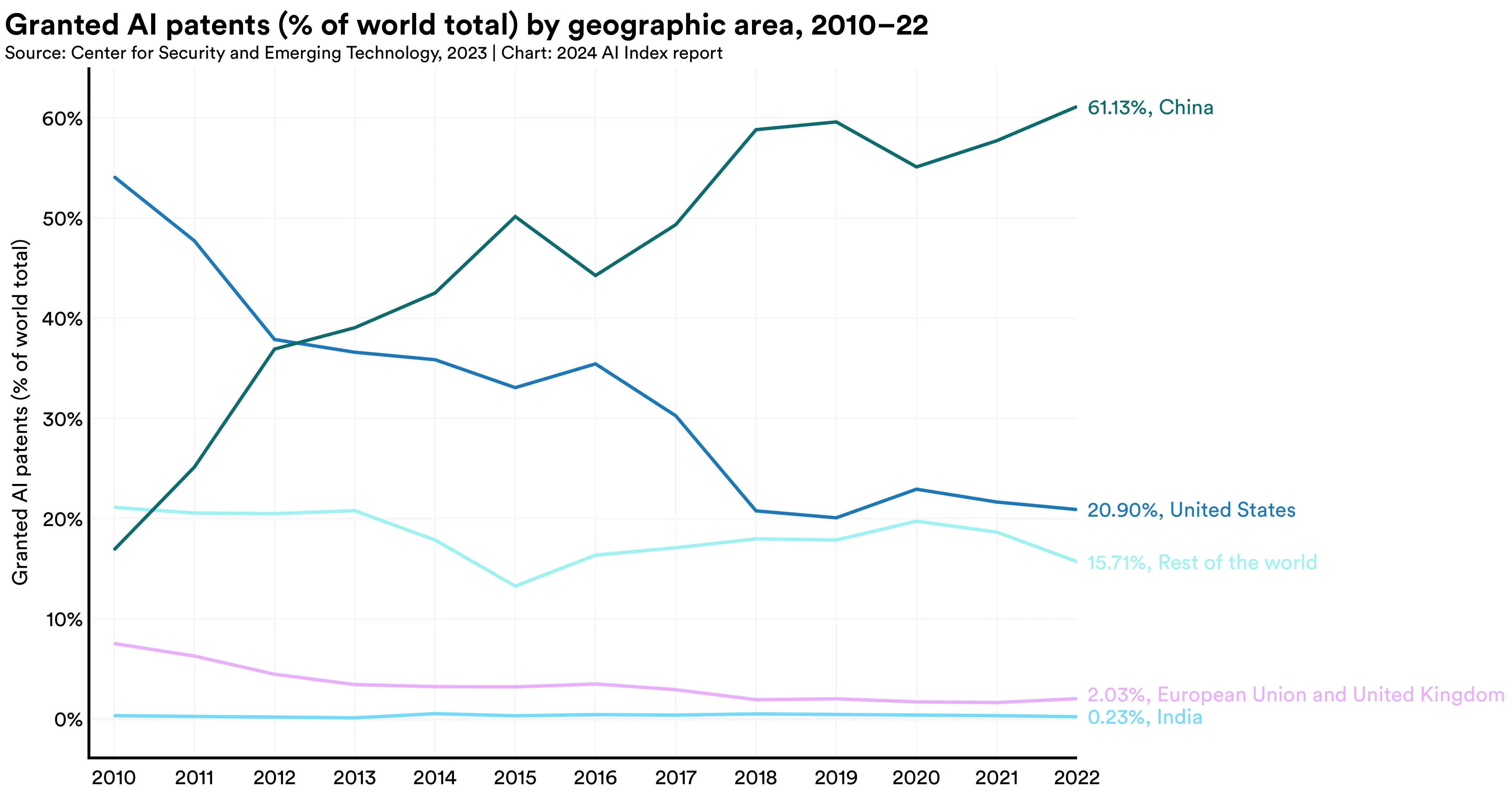The Race to the Singularity

In the coming decades, humanity will achieve feats that our ancestors didn’t even dare to dream of. This isn’t new: We created machines that play Go better than humans, stepped foot on the moon, and decoded the human genome. However, when zooming out and looking at what’s to come, these accomplishments seem trivial. Technological progress is accelerating at an exponential rate, and our generation might be the first to experience what some refer to as the “Technological Singularity”.
But what does that actually mean to us, the human race? What will our lives look like? How will society change? And, arguably most importantly, by whom will these changes be shaped?
If we play this correctly, we might be able to shape the future of our species for the better – for millennia, possibly eons to come. We might finally be able to solve the big problems that plagued humanity since its inception, prevent our species from going extinct, and potentially set us on a path up the Kardashev scale.
If we fail, we might do nothing more than hasten our own demise, and wonder what could have been.
Where We Are
Get a time machine. Got one? Good. Go back to the year 1800, shortly after Napoleon Bonaparte seized power. Now, grab a random person on the street and take them back with you to the year 2024. What do you think will happen to them? Start by showing them the combustion engine-powered metal boxes on wheels, the white buttons on the wall that can turn on an artificial sun, and the cans with artificial food that you can still eat ten years later. If that wasn’t enough, pull out your phone, show them how you can make a photo of them and send it to a friend in another country. You might not fully grasp how groundbreaking all of this is, so let me put it like this: Chances are, this random person from 1800 might simply die of shock.
If they haven’t died however, you decide to send them back to the year 1800, and let them take one of those fancy time machines with them. Once they arrive, they want to do something similar and travel to the year 1600, where they now take a random person – about the same amount of time that separated them from you. While the person from 1600 would definitely be impressed by a lot of things and would have to make some adjustments to their world map, they wouldn’t just die of shock. You see, while the time difference is the same, the amount of technological advancement between the two is very different. To cause the same level of shock, the person from 1800 would likely need to travel back about 12,000 years to the Neolithic Revolution when humans decided to settle down and cultivate fields and take a person from that time.

This little mind experiment shows just how far we’ve come in a very, very short time. And in the next few decades, technological progress will accelerate exponentially. For the first time in human history, one generation will be able to witness multiple technological revolutions in their own lifetime. If you were to lay out technological advancement since the beginning of human history on a timeline, we would stand right between a slowly ascending but mostly flat line and a steep, seemingly never-ending incline.
Geopolitical Shifts
Right now, we’re at a point of huge geopolitical shifts. For more than 30 years, after the collapse of the Soviet Union, the United States was the only remaining superpower. For the past couple of years, however, China has been closing the gap. Not necessarily through military conflict or political maneuvering, but through technology. If you think the future of AI is in the Silicon Valley, you might want to think again.
For more than a decade, China has been the world’s leading country in terms of AI patents and publications. In the past couple of years, China has been closing the gap to the Silicon Valley in terms of foundational model releases, and unhindered, it’s only a matter of time until they surpass the US in this area as well. China has been operating under the public radar for a long time, but it’s getting harder to ignore them. If we are not careful, a Xi Jinping-shaped singularity might be just around the corner.

However, research and development is only one part of China’s equation for the future. Chips are another big piece of the puzzle. China has recently been tightening its grip on the Taiwanese island, with tensions rising. This is not simply due to nationalistic sentiment, but because the future of AI is quite literally manufactured in Taiwan. Nvidia, Google, AMD and many other AI companies rely on the advanced semiconductor manufacturing capabilities of TSMC.
And even if Taiwan manages to prevail, China’s SMIC has recently demonstrated their ability to manufacture 7 nm chips. And chances are, they’ll be able to make them at scale in a few years. While the US is still very dependent on East Asia for semiconductor manufacturing, China is moving up the value chain with multiple backup plans.
No matter how these events will turn out, one thing is for sure: The AI arms race will not only stir up the tech sector, but it will also have a huge impact on geopolitics, changing the world’s power balance as we know it.
The Renaissance of Intelligence
While many people still think that AI (or more precisely, large language models) is “just predicting the next word” or dismiss it as “nothing more than a big database”, the truth is that we are on the brink of something much bigger. Industry experts predict that “Artificial General Intelligence” (AGI) might be released within this decade. Once we’re there, there will be no going back. AGI will be able to conduct AI research on its own, continuously improving itself. Models will become more intelligent, more efficient, and cheaper. And within the blink of an eye, AGI will have transformed itself to ASI – Artificial Superintelligence. This is no longer a matter of “if”. We’re way past that point. Now, it’s only a matter of “when”.
In a couple of decades, AI will enable humans to fix illness, become a spacefaring species, solve physics, and much more. This isn’t easy to grasp, even as I’m writing this. Our human brains aren’t designed to comprehend the levels of intelligence we’re discussing. When you and I think about someone being “smart”, we might think about an IQ of 130 or so. But how do we grasp what a machine with an IQ of 100,000 is capable of?
The only thing we do know is that intelligence has often directly translated into power. When the homo sapiens prevailed over the homo neanderthalensis and other species, it was not because of better looks. Our growing, more complex brain allowed us to develop tools and strategic thinking, which in turn allowed us to literally take over the world.
What will a machine that is hundreds or even thousands of times more intelligent than us be capable of? While we can only speculate, we can say two things with certainty: It will be able to solve all of our problems, and it will be able to eradicate us from the face of the Earth. By all means, it will be what we consider an omnipotent God. And so the last question is left to you, the reader: What will you do to prepare for the coming age of superintelligence?